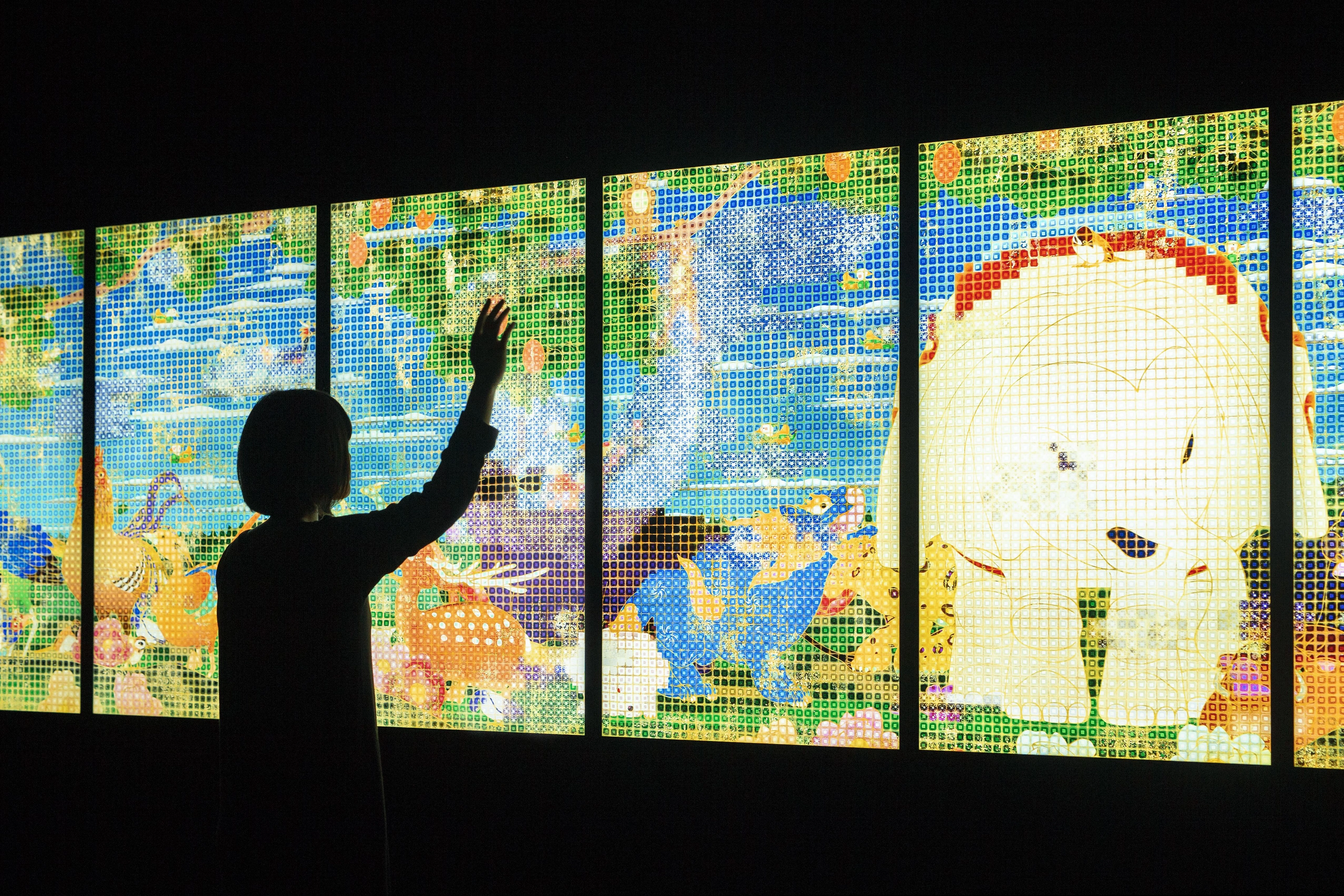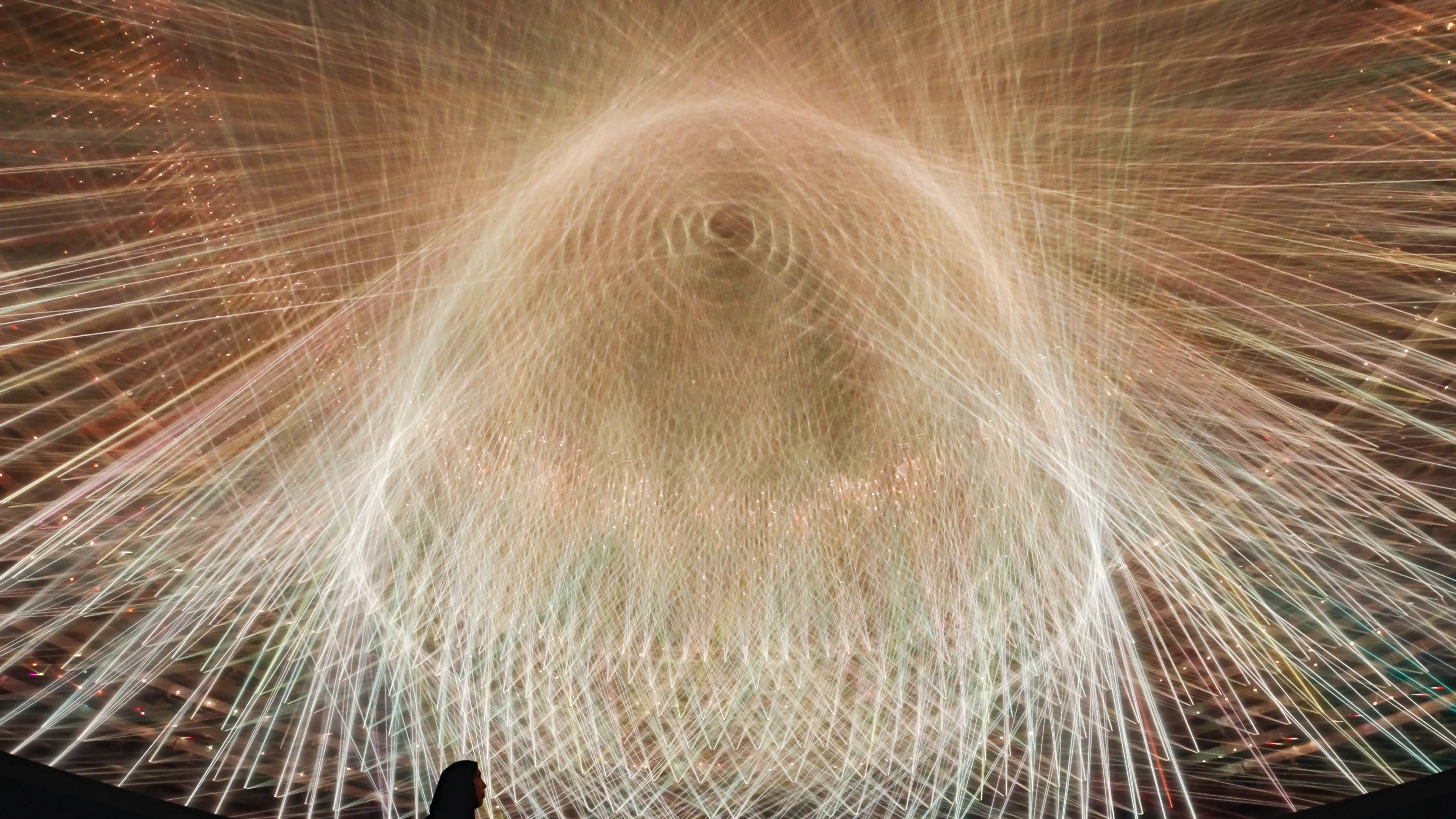SUKIKEI / NEW VIEW | teamLab
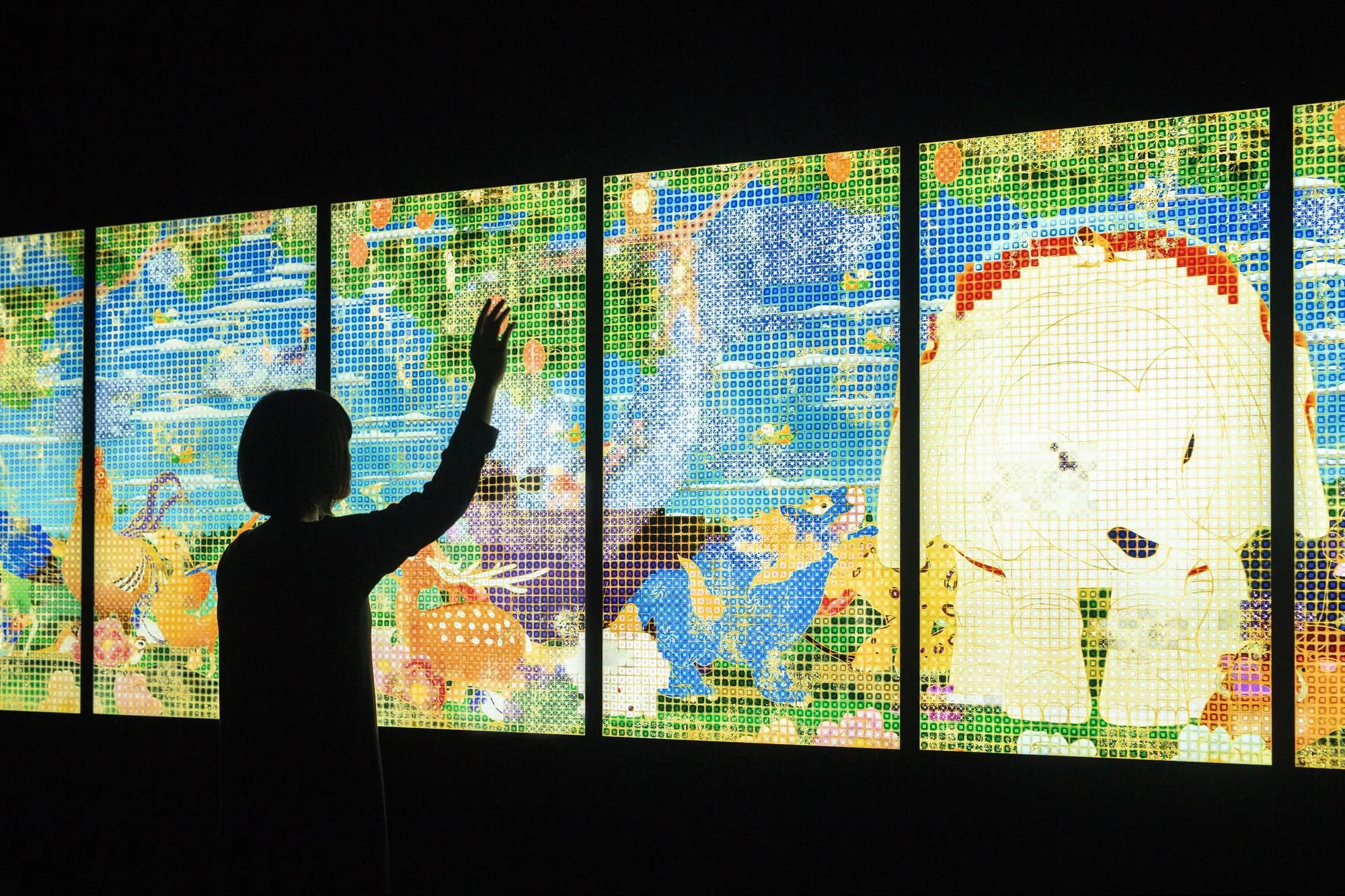
SUKIKEI / NEW VIEW
นิทรรศการที่ผ่านมา
2020.3.18(Wed) - 3.23(Mon)

SUKIKEI / NEW VIEW
นิทรรศการที่ผ่านมา
2020.3.18(Wed) - 3.23(Mon)
เกี่ยวกับ teamLab
teamLab (f. 2001) is an international art collective. Their collaborative practice seeks to navigate the confluence of art, science, technology, and the natural world. Through art, the interdisciplinary group of specialists, including artists, programmers, engineers, CG animators, mathematicians, and architects, aims to explore the relationship between the self and the world, and new forms of perception.
In order to understand the world around them, people separate it into independent entities with perceived boundaries between them. teamLab seeks to transcend these boundaries in our perceptions of the world, of the relationship between the self and the world, and of the continuity of time. Everything exists in a long, fragile yet miraculous, borderless continuity.
teamLab’s works are in the permanent collection of the National Gallery of Victoria, Melbourne; Art Gallery of New South Wales, Sydney; Art Gallery of South Australia, Adelaide; National Gallery of Australia, Canberra; Amos Rex, Helsinki; Museum of Contemporary Art, Los Angeles; Asian Art Museum, San Francisco; Borusan Contemporary Art Collection, Istanbul; and Asia Society Museum, New York, among others.
teamlab.art
Biographical Documents
teamLab is represented by Pace Gallery, Martin Browne Contemporary and Ikkan Art.
Venue Details
SUKIKEI / NEW VIEW
ระยะเวลา
2020.3.18(Wed) - 3.23(Mon)
วลาเริ่มงาน
March 18, 19 11:00 - 19:00 (last entry 18:30)
March 20 - 22 10:00 - 19:00 (last entry 18:30)
March 23 11:00 - 18:00 (last entry 17:30)
March 20 - 22 10:00 - 19:00 (last entry 18:30)
March 23 11:00 - 18:00 (last entry 17:30)
ค่าเข้างาน
General 800 yen/University, high school student 600 yen
[it includes for free, tax younger than a junior high student]
* Courtesy card of MI CARD, MI Tomonokai Pass, Isetan Mitsukoshi Holdings Ltd. stockholder, by the presentation of the disability certificate, you can enter it in for free to person, one companion.
* "The MI CARD" is generic names such as MI CARD addition, Mitsukoshi M CARD, Isetan eye Cards, MICARD.
[it includes for free, tax younger than a junior high student]
* Courtesy card of MI CARD, MI Tomonokai Pass, Isetan Mitsukoshi Holdings Ltd. stockholder, by the presentation of the disability certificate, you can enter it in for free to person, one companion.
* "The MI CARD" is generic names such as MI CARD addition, Mitsukoshi M CARD, Isetan eye Cards, MICARD.
การเดินทาง
สถานที่จัดงาน
Main Building 7F Exhibition Hall, Nihombashi Mitsukoshi Main Store
1-4-1, Nihombashimuromachi, Chuo-ku, Tokyo
1-4-1, Nihombashimuromachi, Chuo-ku, Tokyo
Address in local language:
日本橋三越本店 本館7階 催物会場
東京都中央区日本橋室町1-4-1
東京都中央区日本橋室町1-4-1
นิทรรศการใกล้เคียง
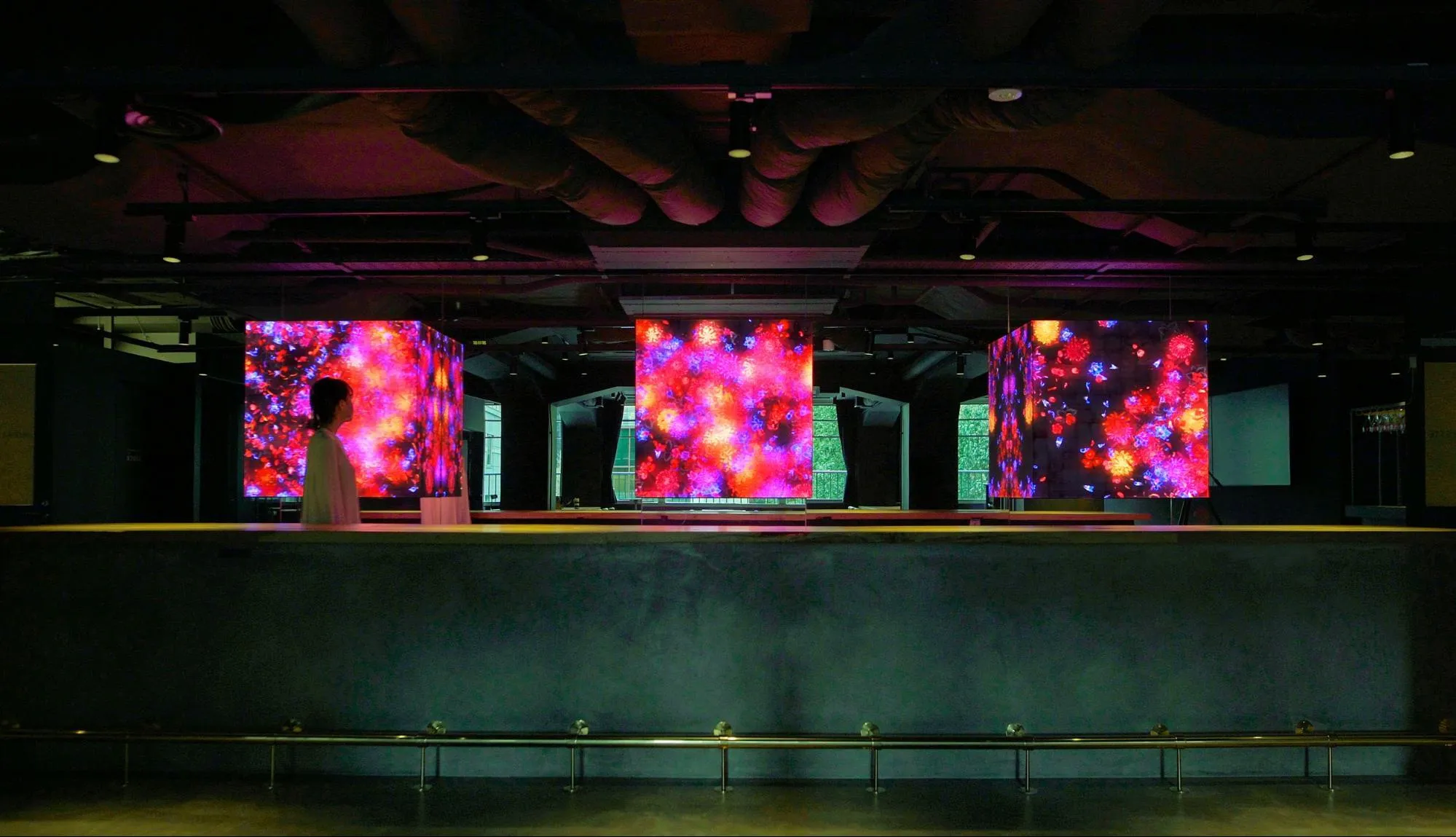
Continuous Life in Cubes of Light - Copper
2020.1.14(Tue) - ถาวร
MIRAI LAB PALETTE, Tokyo
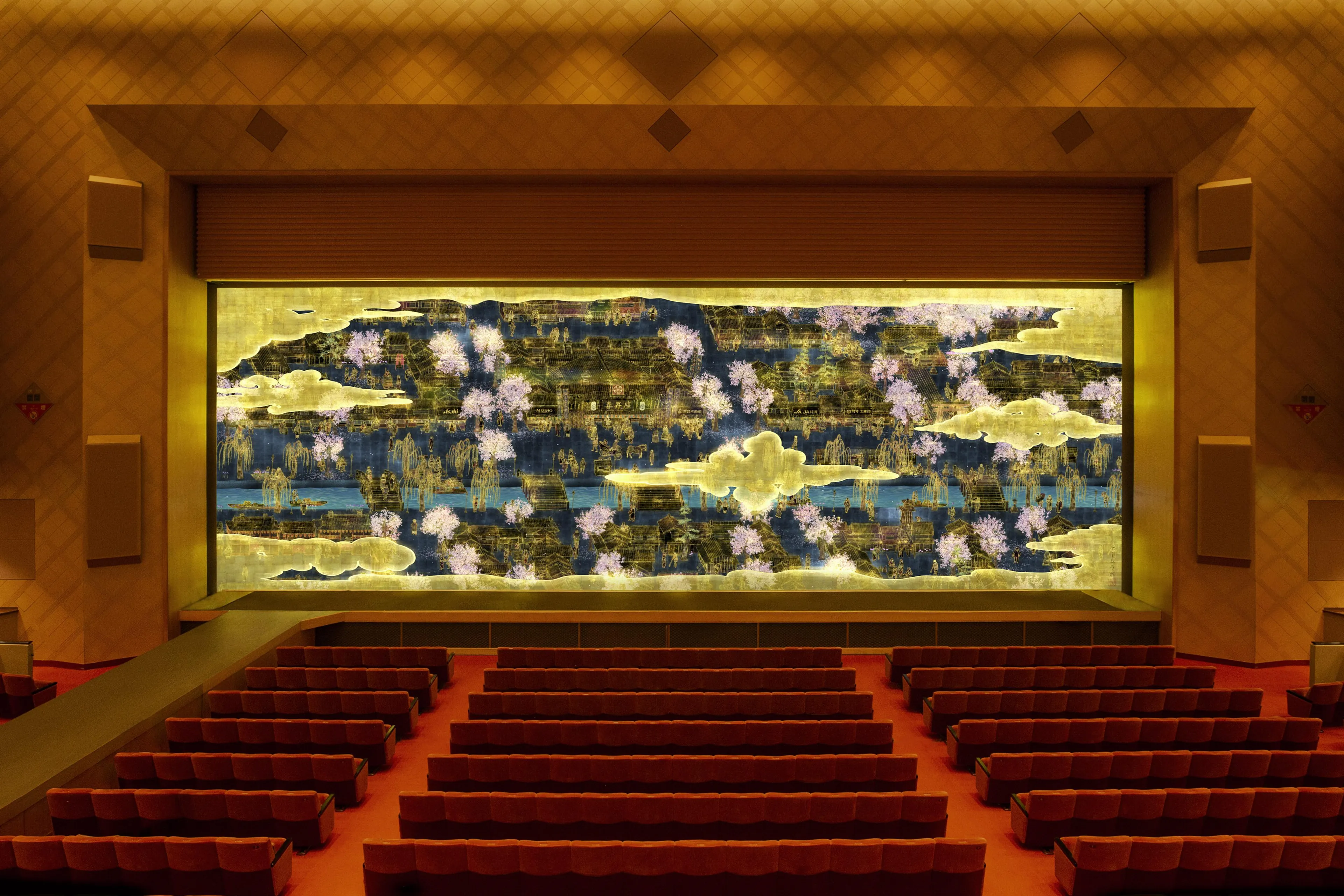
Four Seasons Kishoza - A Stage Curtain Spun from Time, Tokyo
2019.4.11(Thu) -
Meijiza, Tokyo
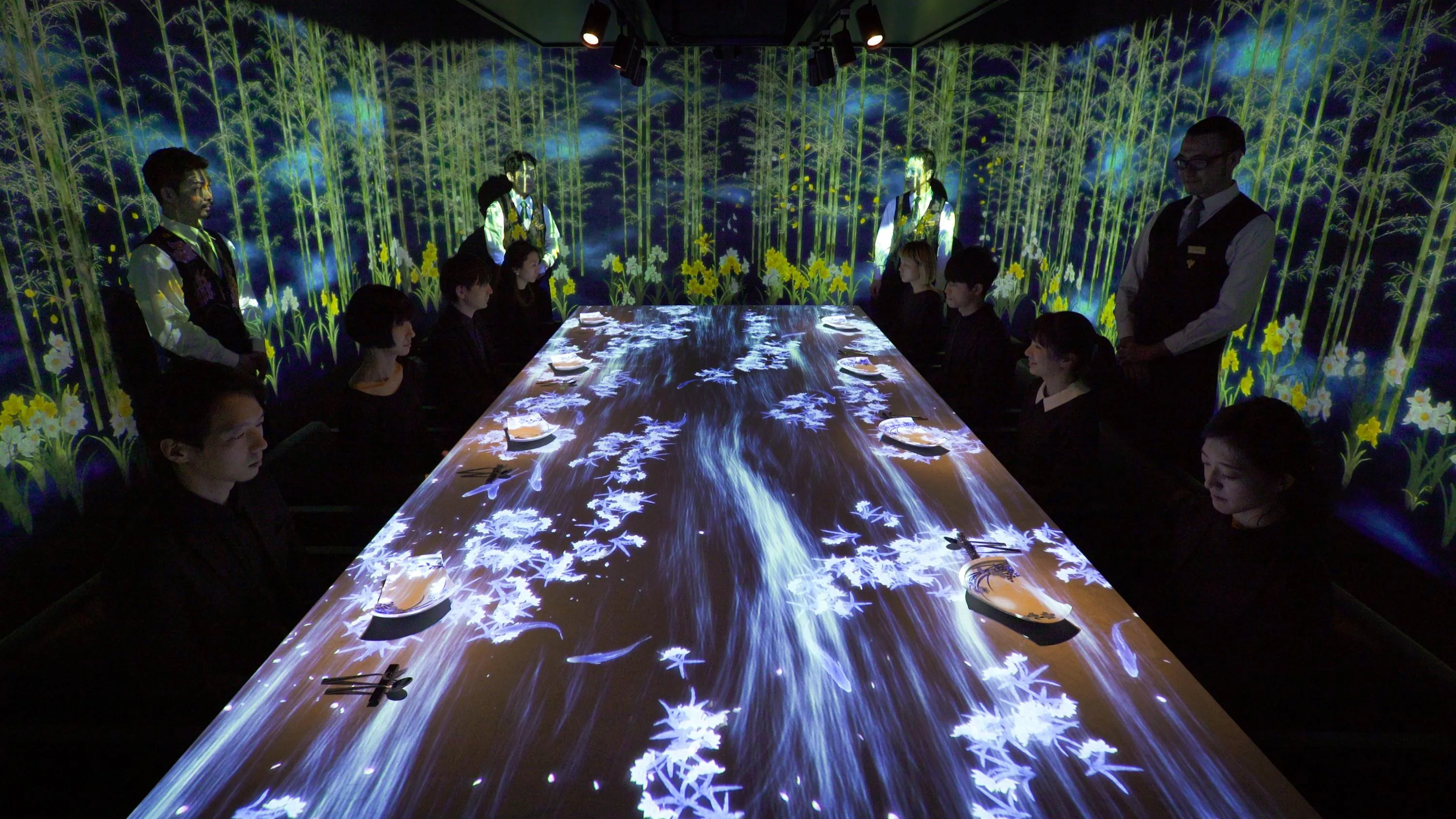
MoonFlower Sagaya Ginza, Art by teamLab
2017.4.01(Sat) -
MoonFlower Sagaya Ginza, Tokyo
Restaurant
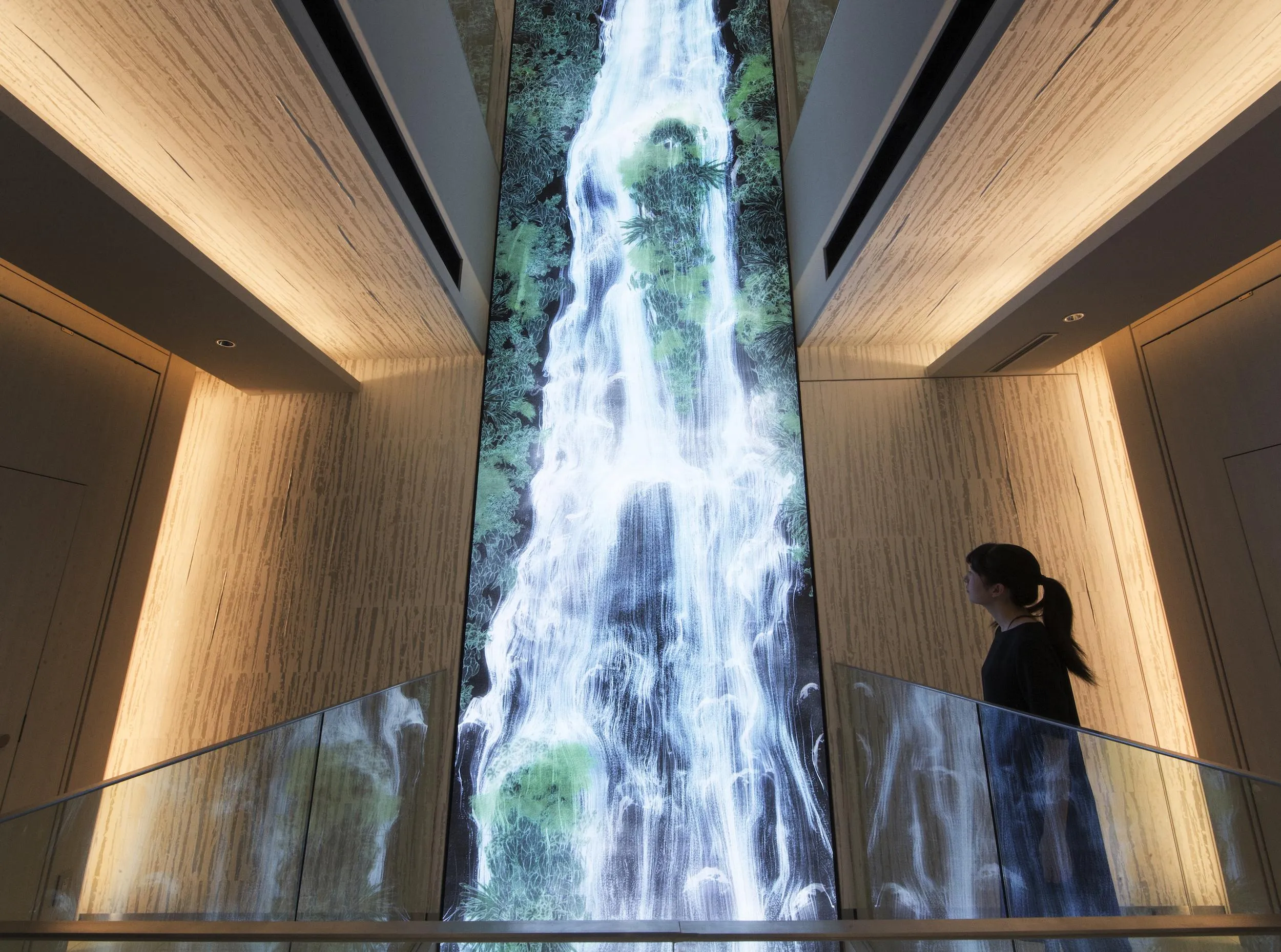
Universe of Water Particles on the Living Wall
2017.4.20(Thu) - ถาวร
GINZA SIX, Ginza, Tokyo
Public Art

teamLab Borderless: MORI Building DIGITAL ART MUSEUM
2024.2.09(Fri) - ถาวร
Azabudai Hills, Tokyo
teamLab Museum

teamLab Planets TOKYO
July 7, 2018 - End of 2027
Toyosu, Tokyo
teamLab Museum
